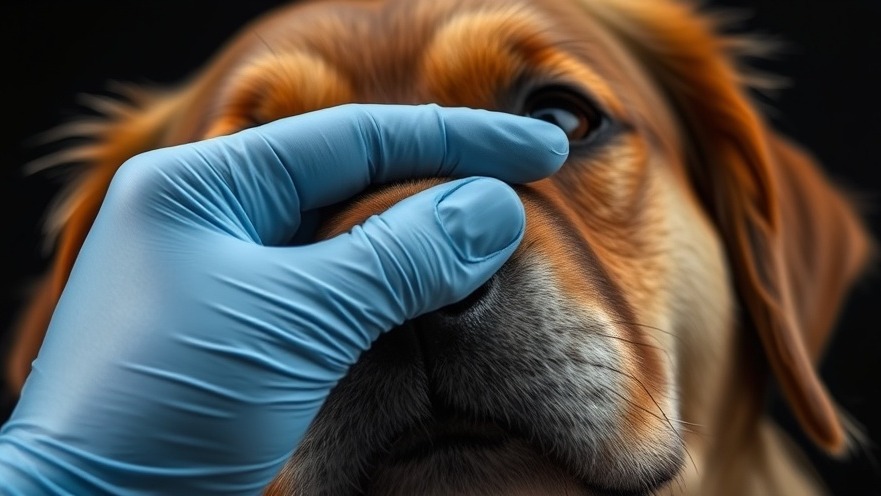
Understanding Canine Growths: Cysts vs. Tumors
As a loving dog owner, discovering a lump on your furry friend can spark immediate concern. However, there's no need to panic. Many lumps are harmless and can be easily identified by accounting for their characteristics. In this article, we'll delve into the differences between cysts and tumors, how to identify these growths, and what steps you should take when you find one.
What Are Cysts?
Cysts are typically benign, fluid-filled sacs that can form on your dog’s skin for various reasons. They manifest as raised bumps and can appear in numerous locations on the body, including the neck, eyelids, and between toes. While they're most commonly associated with the body's natural secretions, the different types of cysts can vary significantly.
There are primarily five types of cysts found in dogs: true cysts, false cysts, sebaceous cysts, follicular cysts, and dermoid cysts. True cysts often develop around the eyes or ears and result from sweat gland activity, while sebaceous cysts arise from clogged sebaceous glands, frequently seen as small, firm bumps.
Identifying Tumors: What You Need to Know
Unlike cysts, tumors are more concerning. They can be either benign or malignant and consist of solid masses of abnormally dividing cells. Common tumor types include mast cell tumors, melanomas, histiocytomas, and adenomas/adenocarcinomas. Lack of attention to tumor growth can have serious ramifications, as some benign tumors may require removal if they cause discomfort, and malignant tumors necessitate urgent treatment.
Veterinarians often employ a range of techniques to determine the nature of a tumor, including biopsies and fine needle aspirations. It's crucial to consult with your veterinarian if you notice any new or changing lumps on your pet.
Comparing Cysts and Tumors: Key Differences
To help you navigate potential health concerns relating to your pet, here’s a quick overview of the differences between cysts and tumors:
Cysts: Generally benign, fluid-filled, and non-contagious; often painless and may not require treatment.
Tumors: Can be benign or malignant; solid; may require immediate removal or further medical intervention.
Signs and Symptoms to Watch For
Monitoring and understanding your dog's health is key to spotting abnormal growths early. Some signs that warrant a visit to the vet include:
Rapid growth of a lump
Changes in color or texture of a growth
Discharge or bleeding from the site
Signs of pain or discomfort
Common Misconceptions: Cysts vs. Tumors
It's a common misconception that all growths are tumors and indicative of cancer. However, understanding that most cysts are benign can alleviate undue stress. Pet owners might mistakenly believe all lumps require immediate surgical attention, while many cysts are harmless and can be left untreated if not causing discomfort.
Actionable Insights: What Should Pet Owners Do?
As a proactive pet owner, following these guidelines can empower you to manage your dog's health effectively:
Regularly inspect your dog’s skin for unusual lumps or bumps.
Document any changes and observe growth patterns over time.
Consult your veterinarian for any new or concerning growths.
Emotional Aspect: Caring for Your Furry Companion
When our pets experience health concerns, it's natural to feel anxious or worried. Establishing a strong line of communication with your veterinarian can help relieve stress. Understanding that many lumps are benign and easily manageable can enhance your confidence in caring for your furry friend.
Conclusion and Call to Action
Being an attentive pet owner means being vigilant about your dog's health. Recognizing the differences between cysts and tumors can equip you with the knowledge necessary to ensure your dog receives appropriate care. If your dog has developed a new growth, don't hesitate to schedule an appointment with your veterinarian today.
 Add Row
Add Row  Add
Add 




Write A Comment